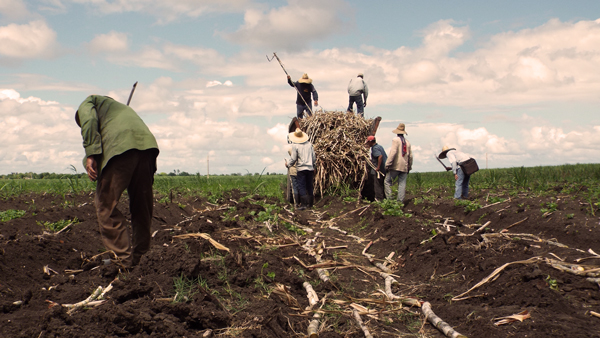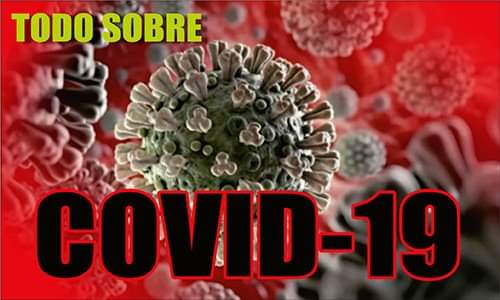
For one reason or another, sugarcane planting in Las Tunas closed the first semester with 3,600 hectares (39 percent), an unprecedented non-compliance, not recorded since the country began the battle for the recovery of the sweet grass.
Las Tunas, Cuba.- According to Danilo Infante Morales, head of the Sugarcane Group in the province, 2005 was another year of little sowing due to the intense drought that hit the province, but what was planted then exceeded what has been done until now.
The main cause for such a steep decline is the lack of fuel associated with the criminal policy of economic siege that for more than 60 years the United States Government has exercised against Cuba.
Faced with such a situation, the managers impose more demanding measures to begin, without an interval, the sowing program corresponding to the second semester, the so-called cold season, which exceeds 6,200 hectares.
“We are obliged to keep track of each liter of fuel, by preventing its diversion for other activities. If we achieve this goal and work with the conviction of not to leave for tomorrow what we can do today, we will be in a better position to obtain higher productivity per shift. Such a mission implies more organization, discipline, demand, and mobilize all the personnel available in the units in the function of this task,” Infante Morales said.
In the materialization of this endeavor, the Antonio Guiteras (two thousand hectares) and Jesús Menéndez (a thousand) units for support of sugarcane producers play a decisive role, whose workers, by tradition, usually achieve good results in this period.
Similar performances are expected from the “Amancio Rodríguez” (a thousand hectares), “Colombia” (793), “Majibacoa” (900), and “Argelia Libre” (500) base business units.
The challenge is enormous, especially if we take into account the conditions of great tension in which the campaign is carried out, but it is feasible to overcome if maximum productivity is extracted reached each day.





